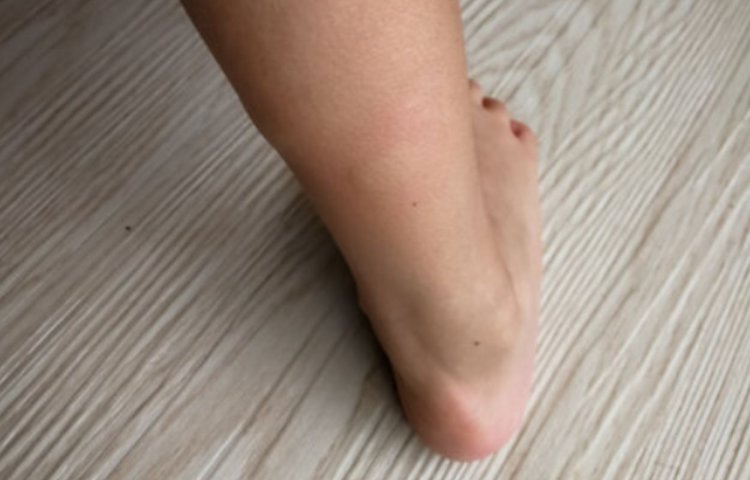What is Filariasis? Types, Symptoms, Ways to Prevent and Control Filariasis
Let us know about What is Filariasis? Types, Symptoms, Ways to Prevent and Control Filariasis

Filariasis is a disease caused by a parasite belonging to the Filarioidea family. This parasite enters the human body through the bite of mosquitoes. Due to which there is swelling in the legs, Filaria disease is more prevalent mainly in tropical and subtropical regions of Africa, Asia, Western Pacific and some parts of America. Let us know about the types, symptoms, prevention and control efforts of filariasis.
Types of Filariasis
There are several types of filarial worms that can cause disease in humans:
Wuchereria bancrofti: This species of worm is the most common form of filariasis, causing about 90% of cases each year.
Brugia malayi: The disease caused by this species, found primarily in south-east Asia, is another major cause of lymphatic filariasis.
Brugia timori: Cases of this species are most common in some parts of Indonesia. It is also the cause of lymphatic filariasis.
Onchocerca volvulus: This species causes onchocerciasis, also known as river blindness, which is another type of filariasis.
Loa Loa: Most cases of this species are seen in African countries, hence it is also called African eye worm or eyeworm disease.
Symptoms of Filariasis
Symptoms of filariasis can vary depending on the species of parasite and the level of infection. Symptoms of lymphatic filariasis may include lymphedema (swelling), elephantiasis (severe swelling and thickening of the skin and underlying tissues), hydrocele (swelling of the scrotum). While symptoms of onchocerciasis can include severe body itching, skin lesions and blindness.
Ways to Frevent Filariasis
Preventive measures for filariasis include avoiding mosquito bites, wearing long-sleeved shirts, pants, and using mosquito nets while sleeping. Doctors usually include antiparasitic drugs in the treatment of filariasis, which mainly include albendazole, ivermectin, or diethylcarbamazine. (DEC), etc. which prevents further transmission of filariasis by destroying the parasites from the body.
Efforts to Control Filariasis
Governments conduct large-scale campaigns to control filariasis, the main objective of this campaign is to destroy the parasite reservoir and interrupt its transmission. As the number of patients increases, the government may sometimes declare areas as red zones and treat the entire at-risk population, in addition to vector control measures such as mosquito control programs and environmental management to reduce mosquito breeding sites. Can do.
















![[PDF] Financial Analysis of Fish Farming Operations](https://www.mpnewshindi.com/uploads/images/2024/02/image_380x226_65de4629a865d.jpg)
